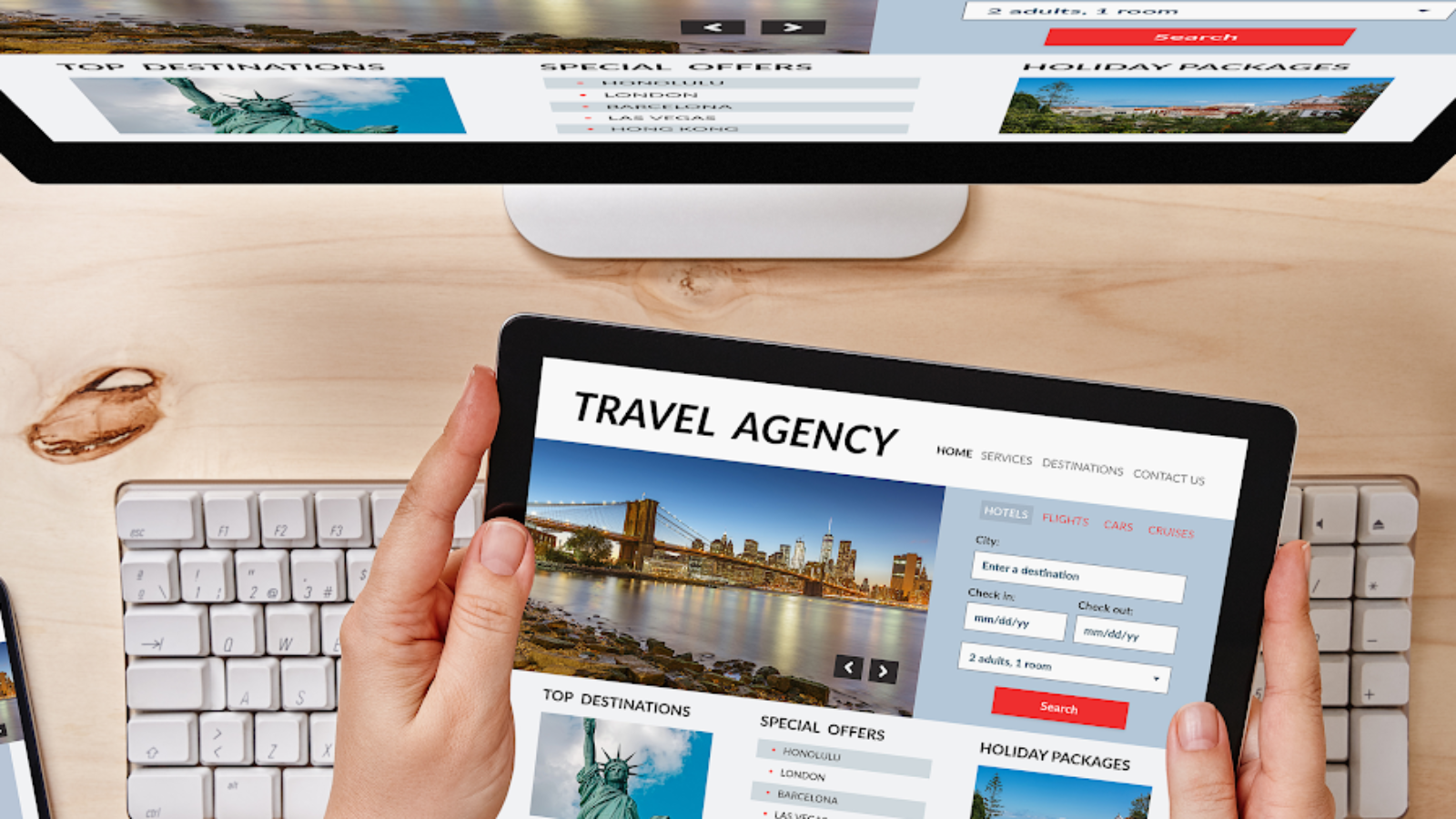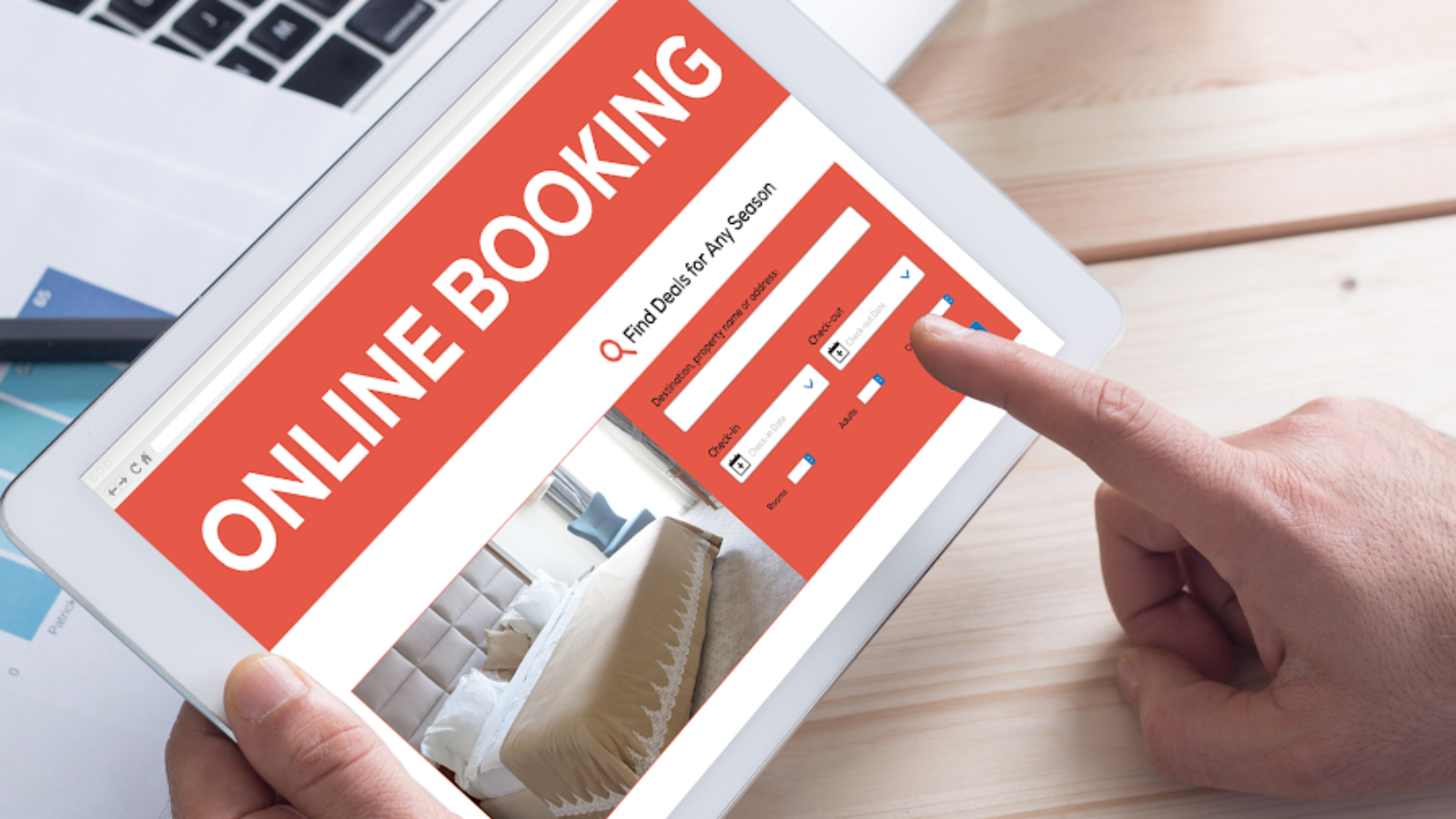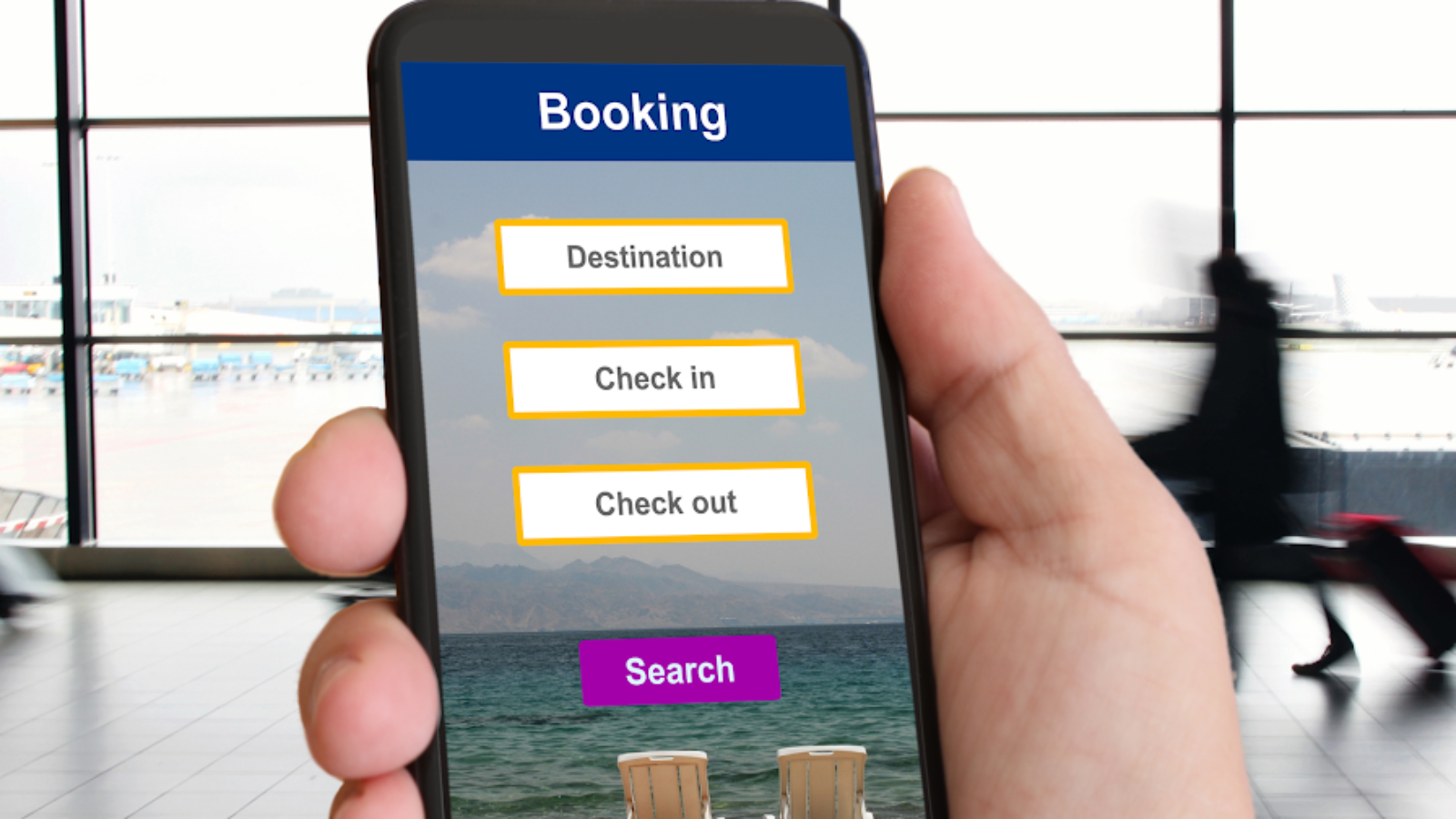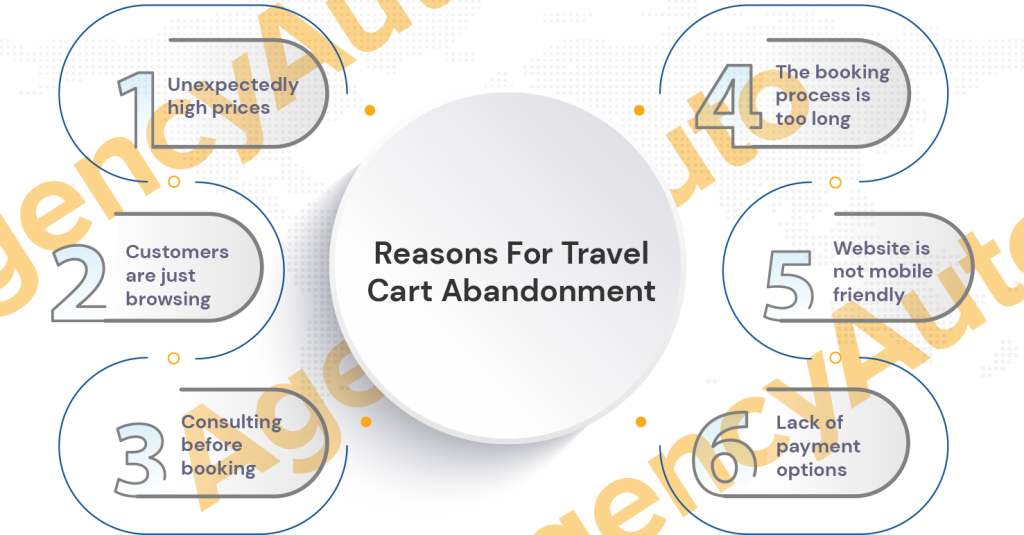Travel agencies rely on GDS-trained personnel for real-time bookings, but hiring and retaining them is challenging. We recommend a travel automation solution automating 95% of bookings.
How Can Travel Management Companies Use The 80/20 Rule For Profit Optimization?
Travel management companies will have 80% of their revenue originating from the top 20% of their customers. If you are wondering how to apply the 80/20 rule, read this on how to achieve it.
How tour operator software can get you more bookings, enhance customer experience, and skyrocket your revenue growth
For the longest time, tour operators have been making bookings through traditional means, like phone calls and emails.
Or they work with platforms lacking in web service and API integration capabilities.
Even after booking, the work of a tour operator is far from over; they must provide post-sales support, such as invoice creation, payment reminders, modifications/ cancellations, etc., manually.
As a result, they need large teams operating round the clock even to process straightforward booking requests. Given this reality, tour operators are overworked, generate low revenue, and frequently end up with dissatisfied customers.
This is where tour operator software comes into the picture.
What is tour operator software?
Tour operator software is a web-based application that allows your customers to make bookings and payments online. Besides, tour operator software can integrate with APIs to connect with the GDS, destination management companies, travel providers, etc., to get flights, hotels, activities, car rentals, etc., booking information that can make your customers’ trips memorable.
The solution automates a lot of your mid-and back-office processes, including:
- Quote generation
- Itinerary creation
- Reservations management
- Payment processing
- Managing series/ group bookings
- Commission/ markup management
- Accounting
- MIS report generation
How investing in tour operator software can turn your business around
Tour operator software makes bookings, payments, and post-sales support convenient for you and the customer. Also, it lets you seamlessly connect with travel providers to provide customers with rich booking options for travel along with ancillaries, making their trip a memorable experience.
Here are just a few of the tangible benefits that come from implementing tour operator software.
Increase your direct bookings
As a tour operator, you have potential customers all over the world. E.g., if your customers are in a different time zone, calling to make a reservation is cumbersome. However, with an online booking engine, your website is open for sales 24x7x365. Customers can make bookings and pay at their convenience.
Optimize your tour operator firm’s workflow
Web-based tour operator software optimizes your workflow by automating your back-office chores. An online booking system automatically updates all the booking information on your platform and sends confirmation and reminders to your clients for payment, name updating, etc.
You can even track agency performance, maintain customer accounts, view booking information, etc., from a single screen without the need for countless spreadsheets.
Serve people from across the world
You can sell your services across time zones, currencies, and regions with the right tour operator software. You can service customers in multiple languages and allow payments in various currencies with an online booking system for tour operators. Notably, you can also communicate and coordinate with all your suppliers worldwide with a single platform.
Third-party integrations
Serve your customers with exciting travel options, like flights, hotels, sightseeing, activities, etc., by integrating with third-party suppliers of these services. These will be an upsell for you while also adding value to the customer, as they can customize their trip with the click of a button. Interestingly, tour operator software with AI capabilities can offer recommendations to customers based on previous buying habits, budgets, etc.
Further, the third-party integrations possible with the tour operator software can streamline tasks like accounting, payroll management, invoice generation, and sending reminders to customers to make payments.
Conclusion
Tour operator software is essential if you want to scale your business. Using the same, you can allow customers to make bookings easily and with a great shopping experience. Consequently, you can retain more customers and boost your revenue with minimal effort.
AgencyAuto is a leading tour operator software that allows you to automate your mid and back-office functions, delight customers with a painless booking experience, and increase revenue through ancillary sales and customized packages for all customer segments. If you want to invest in tour operator software that will provide exceptional growth prospects, reach us for a demo












